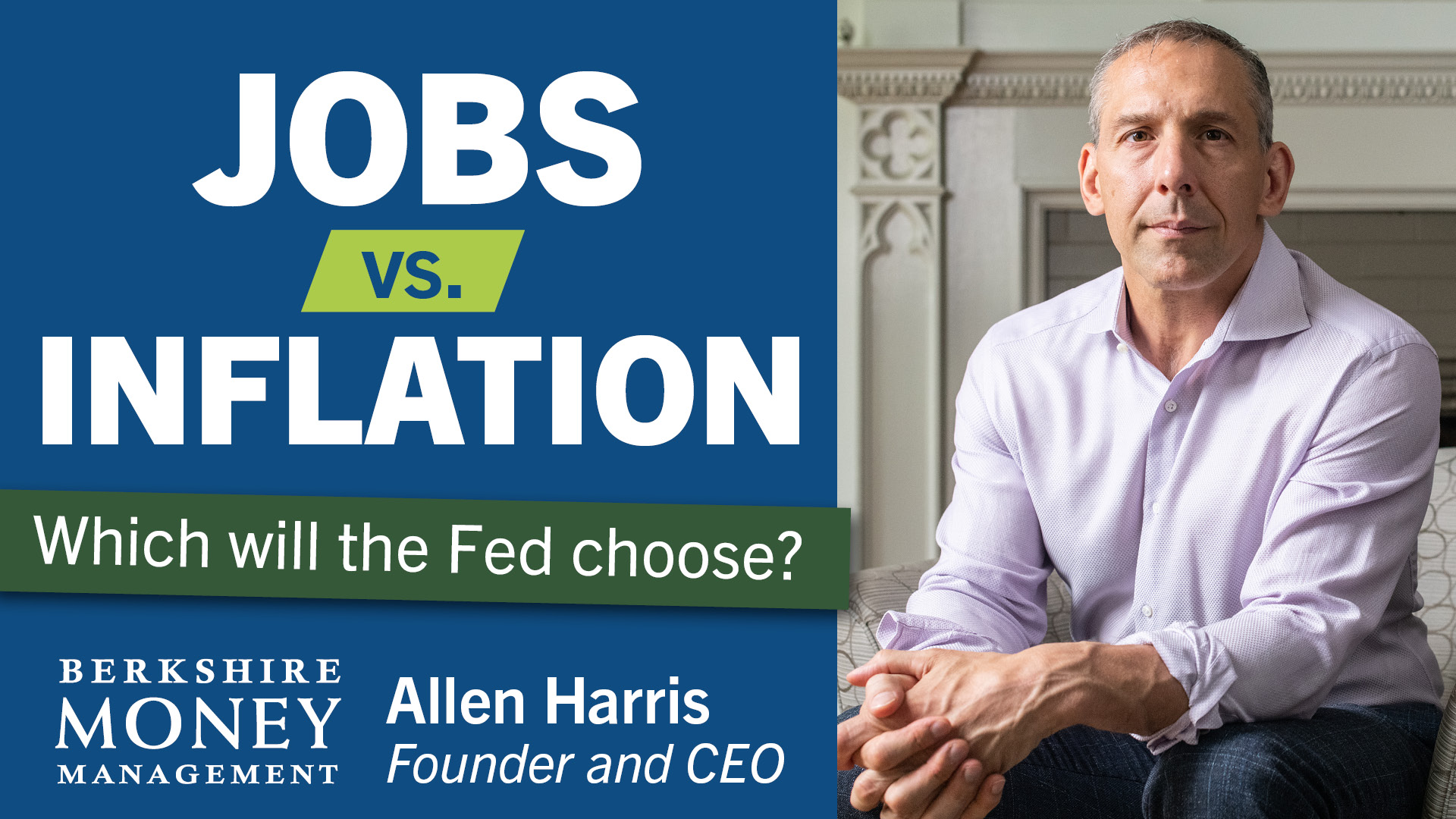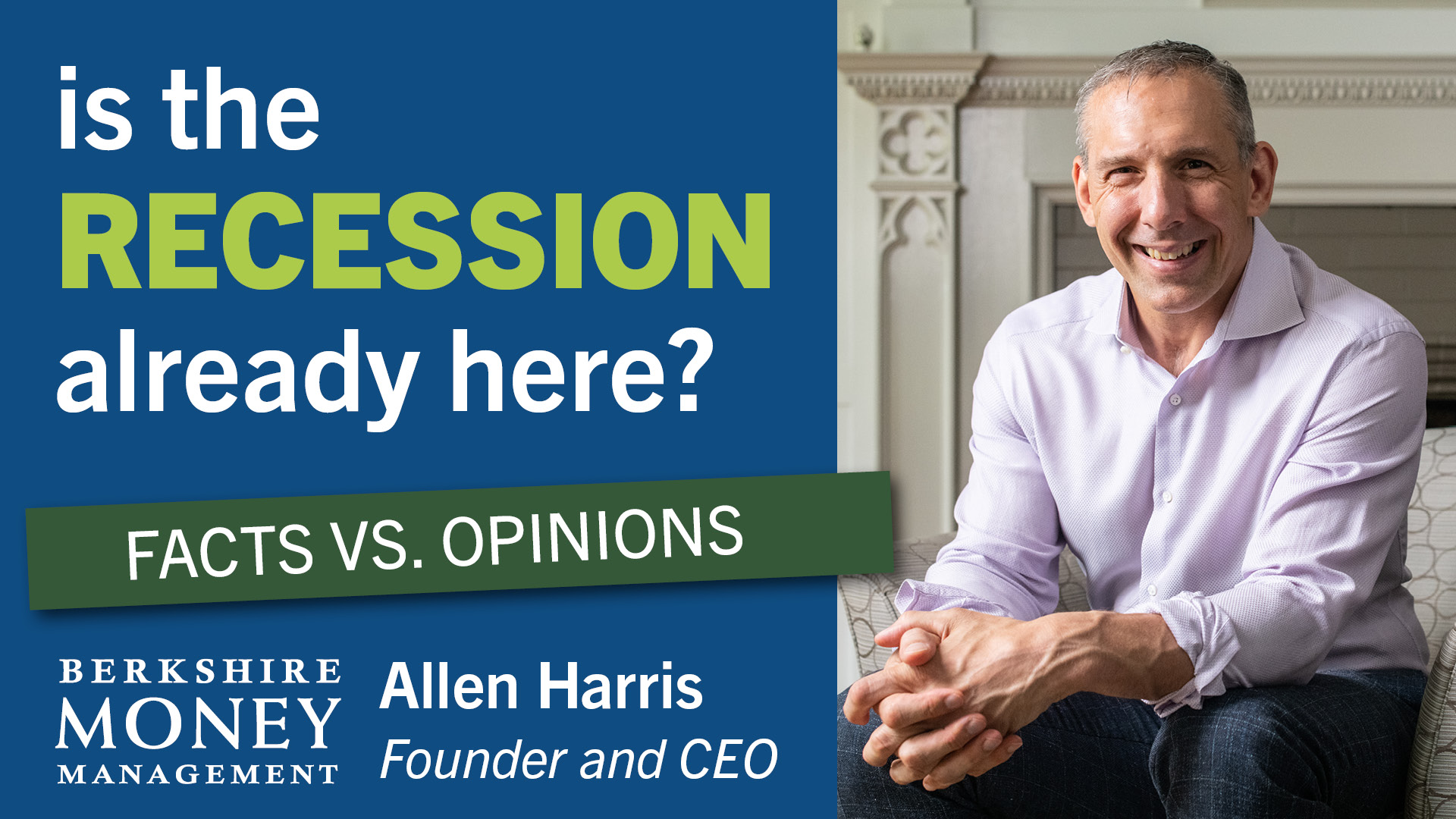Inflation is costing you an extra $276 a month


Inflation jumped 7.5 percent from last year, according to the Bureau of Labor Statistics’ Consumer Price Index. Moody’s Analytics compared that rate to inflation in 2018 and 2019, which was around 2.1 percent. They concluded that the excessive inflation costs the average U.S. household $276 per month, or $3,312 per year.
And here (among other things) is the problem with that – it pushes the U.S. toward a recession. Now, if you’re a sane person, you should think that comment is crazy.
I’m not yet calling for a recession. It is my job to look for these sort of things. In late 2019 and early 2020, I predicted a recession. I began adjusting my investment portfolios to reflect that reality. And then came COVID-19.
I didn’t think the recession would be due to a pandemic. If anything, I dramatically underestimated the effect COVID-19 would have on the economy. I never saw the government telling businesses they couldn’t open. I can’t prove that a recession would have occurred without the pandemic, but I did have much of the evidence lined up. As far as I was concerned, it was just a matter of timing as to when the market saw what I had already seen and started turning down.
I will adjust investment portfolios if I think a recession is coming. That “invest for the long term” concept is for the birds when the stock market is getting massacred by an economic downturn.
Okay, let’s pause for a moment and call out Allen Harris. Didn’t that guy say, as recently as February 7, 2022, that he is “figuratively, betting on a 110-percent probability that no recession is on the horizon. I feel strongly that the economy will be good this year and in 2023?”
Yes, he did. Er, I did. (I assure you that Allen Harris doesn’t usually refer to himself in the third person.)
I’m not going to go easy on myself and fixate on “figuratively” versus “literally.” Words matter. I should have been more careful with mine. I meant to explain that I am not using leverage to spice up my returns. In my most aggressive portfolios, I am fully invested in equities. In my other portfolios, I am way more invested in equities than the traditional “conservative” or “moderate” benchmarks would call for (in part because cash and most bonds aren’t paying enough).
Anyhow, semantics aside, let’s talk about why I am opening my eyes to the possibility of a recession. First, it’s dumb to wait until that conversation is widespread in the media because then you’re late in making portfolio adjustments. As I mentioned in the February 7 column, the stock market drops an average of 29.1 percent during recessions. That happens over a long time — an average of 339 days — but a lot of damage can be done at the start.
Second, oil prices will remain stubbornly high with Russia flirting with invading Ukraine (by the time this column goes to print, that might have already happened).
Third, as they combat inflation, I think the Fed will hurt the economy with higher interest rates. Yes, higher rates will tamp down inflation, but lower prices will carry an economic consequence.
Fourth, since the 1970s, recessions in the U.S. tend to be prompted by either a spike in energy prices or by the Fed raising interest rates too fast. Before the 1970s, economic cycles were shorter because recessions tended to occur when corporate inventory got too high and then had to be sold off. The advent of just-in-time manufacturing and inventory control (a logistical tool that better managed inventory gluts) changed that.
Here we are. High oil prices. Interest rates are going higher. What could possibly go wrong, he asked sarcastically.
Despite those red flags, all that extra money sloshing around the economy makes me feel pretty good about the strength of the U.S. economy. However, I’d be a fool to disregard the writing on the wall. Heck, as if we were back in the 1960s, U.S. Gross Domestic Product (GDP) this year should be flat, or even negative, because of the massive inventory build in the fourth quarter of 2021. (GDP growth is affected by the change in inventories, not the amount, and the growth rate should be significantly less this quarter than the prior.)
So, not only do we have to contend with higher oil prices and higher interest rates, but the supply chain is so wonky that it’s hard to tell how that will affect GDP. Here’s a new one — paper and printing materials. I recently finished my second book, and I was told last week that I’d have to wait 19–22 weeks before copies were printed. For my first book, printed copies were ready for sale in just a couple of weeks. (Can you say “e-book?”)
Let’s dig in a little more to those interest rate hikes. Last week, St. Louis Federal Reserve President James Bullard said he’d support a one-half percent rate hike at their March 2022 FOMC meeting. That would be twice the traditional and expected one-quarter percent hike. Bullard also said he’d support an inter-meeting rate hike. To give that some context, inter-meeting moves are almost exclusively reserved for easing – not tightening – monetary policy during crises. Overnight index swaps (don’t worry about what that is, just know that it matters) imply an 85-percent chance of that one-half percent hike occurring. Those swaps are pricing in one full percentage point of tightening at the next three FOMC meetings.
There is nearly universal agreement that the economy is doing very well, in part, because of easy money. It stands to reason that taking the easy money away will make things more challenging for the economy.
According to BankRate, the rate of a 30-year fixed mortgage has moved from around 3 percent in November 2021 to almost 4 percent. That increases the monthly payment on a $240,000 house by more than 13 percent. Another one percentage point increase would mean an additional $4,000 of payments per year compared to November 2021.
According to the University of Michigan, because of higher prices, the intent to purchase a vehicle hasn’t been this low in half a century. Higher car loan rates won’t help spur demand.
Few are talking about how bad this quarter will be for GDP, but it won’t be pretty. Despite that, I still believe that the economy will perform well this year and in 2023. However, if the information changes, I will have to acknowledge that and adjust my thinking and possibly my portfolios. This is not a profession where you can make a prediction and cling to it like a religion. I’ll keep looking out for you.
At the Podium
To my fellow financial advisors who read this column, I hope to see you February 23, in Boston. Along with representatives from ARK Invest, Adviser Investments, CAPTRUST, and Nuveen, I’ll present and explain opportunities in equities, fixed income, and alternative investments to one hundred or so professional investors and fellow Chief Investment Officers. You can register on this website.
I have five speaking engagements lined up this year, each intended to advise advisors. I’ll keep my colleagues in the loop.
Allen Harris is the owner of Berkshire Money Management in Dalton, Massachusetts, managing investments of more than $500 million. Unless specifically identified as original research or data-gathering, some or all of the data cited is attributable to third-party sources. Unless stated otherwise, any mention of specific securities or investments is for illustrative purposes only. Adviser’s clients may or may not hold the securities discussed in their portfolios. Adviser makes no representations that any of the securities discussed have been or will be profitable. Full disclosures. Direct inquiries: [email protected].
This article appeared originally in The Berkshire Edge on February 21, 2022.
Allen is the CEO and Chief Investment Officer at Berkshire Money Management and the author of Don’t Run Out of Money in Retirement: How to Increase Income, Reduce Taxes, and Keep More of What is Yours. Over the years, he has helped hundreds of families achieve their “why” in good times and bad.
As a Certified Exit Planning Advisor, Certified Value Builder, Certified Value Growth Advisor, and Certified Business Valuation Specialist, Allen guides business owners through the process of growing and selling or transferring their established companies. Allen writes about business strategy in the Berkshire Eagle and at 10001hours.com.






